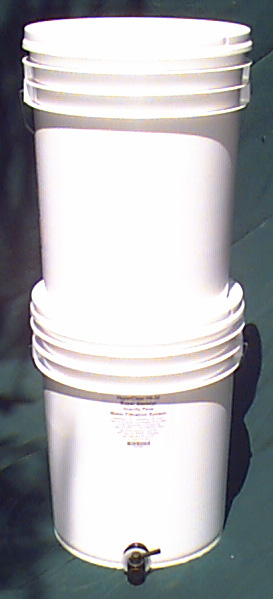allen-1
NES Member
I've got a lifestraw in my GHB and a larger filtration unit in my stocks, but this is about as cheap and simple as it gets:
http://bluecollarprepping.blogspot.com/2015/09/water-filtration-with-stick.html
http://bluecollarprepping.blogspot.com/2015/09/water-filtration-with-stick.html




